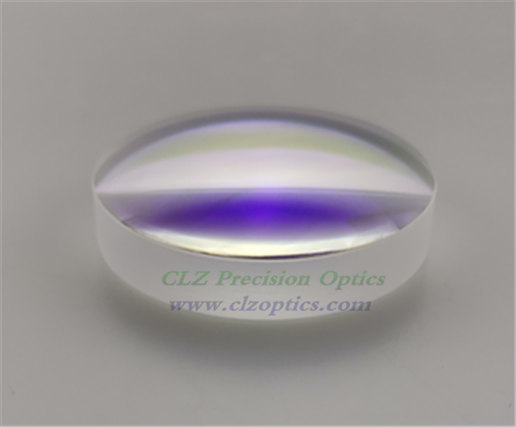Exploring the Unique Features and Applications of Plano-Concave and Plano-Convex Lenses
Lenses are a critical component of many optical systems, and they come in various shapes and sizes. Two of the most commonly used lenses are plano-concave and plano-convex lenses. While these lenses may look similar at first glance, they have unique characteristics that make them suitable for different applications. This article will explore the features and applications of plano-concave and plano-convex lenses.
Plano-concave lenses have a flat surface on one side and a concave surface on the other. The curved surface curves inward, causing the lens to diverge incoming light rays. This divergence results in a virtual image formed behind the lens. Plano-concave lenses are often used in optical systems where the primary goal is to reduce the size of an image. For example, in a projector, a plano-concave lens is used to diverge the light rays from the bulb, which are then focused through a converging lens to form a larger image on the screen.

Plano-convex lenses, on the other hand, have a flat surface on one side and a convex surface on the other. The curved surface curves outward, causing the lens to converge incoming light rays. This convergence results in a real image formed on the opposite side of the lens. Plano-convex lenses are often used in optical systems where the primary goal is to magnify an image. For example, in a magnifying glass, a plano-convex lens is used to converge the light rays from the object being viewed, which are then further converged by the eye to form a larger image on the retina.
One of the unique features of plano-concave and plano-convex lenses is their ability to change the direction of light rays passing through them. This phenomenon is called refraction, and it is what allows lenses to focus and magnify light. The degree of refraction is determined by the curvature of the lens surface and the refractive index of the lens material. Plano-concave lenses have a negative focal length, meaning they diverge incoming light rays, while plano-convex lenses have a positive focal length, meaning they converge incoming light rays.
Another unique feature of plano-concave and plano-convex lenses is their ability to correct for spherical aberration. Spherical aberration is a common optical aberration that causes images to appear blurred or distorted. It occurs because light rays passing through the outer edges of a lens are refracted differently than those passing through the center of the lens. Plano-concave and plano-convex lenses are designed to minimize spherical aberration by carefully controlling the curvature of the lens surface.
Plano-concave and plano-convex lenses are used in a wide range of applications, including microscopy, photography, astronomy, and telecommunications. In microscopy, plano-convex lenses are used to magnify the image of small objects, while plano-concave lenses are used to reduce the size of the image. In photography, both types of lenses are used to focus light onto the camera's film or sensor. In astronomy, plano-convex lenses are used in telescopes to gather and focus light from distant objects, while plano-concave lenses are used to reduce the size of the image.
In telecommunications, plano-convex lenses are used in optical fibers to focus and guide light signals through the fiber. Plano-concave lenses are also used in optical fibers to expand the width of the beam, making it easier to couple the light into the fiber. Plano-concave and plano-convex lenses are also used in laser systems to shape and control the laser beam.
Since its establishment, CLZ Optics Co., Ltd. has been optimizing every process of producing optical components with the aim of cost-effective and innovative technology. More details please click here
评论
发表评论